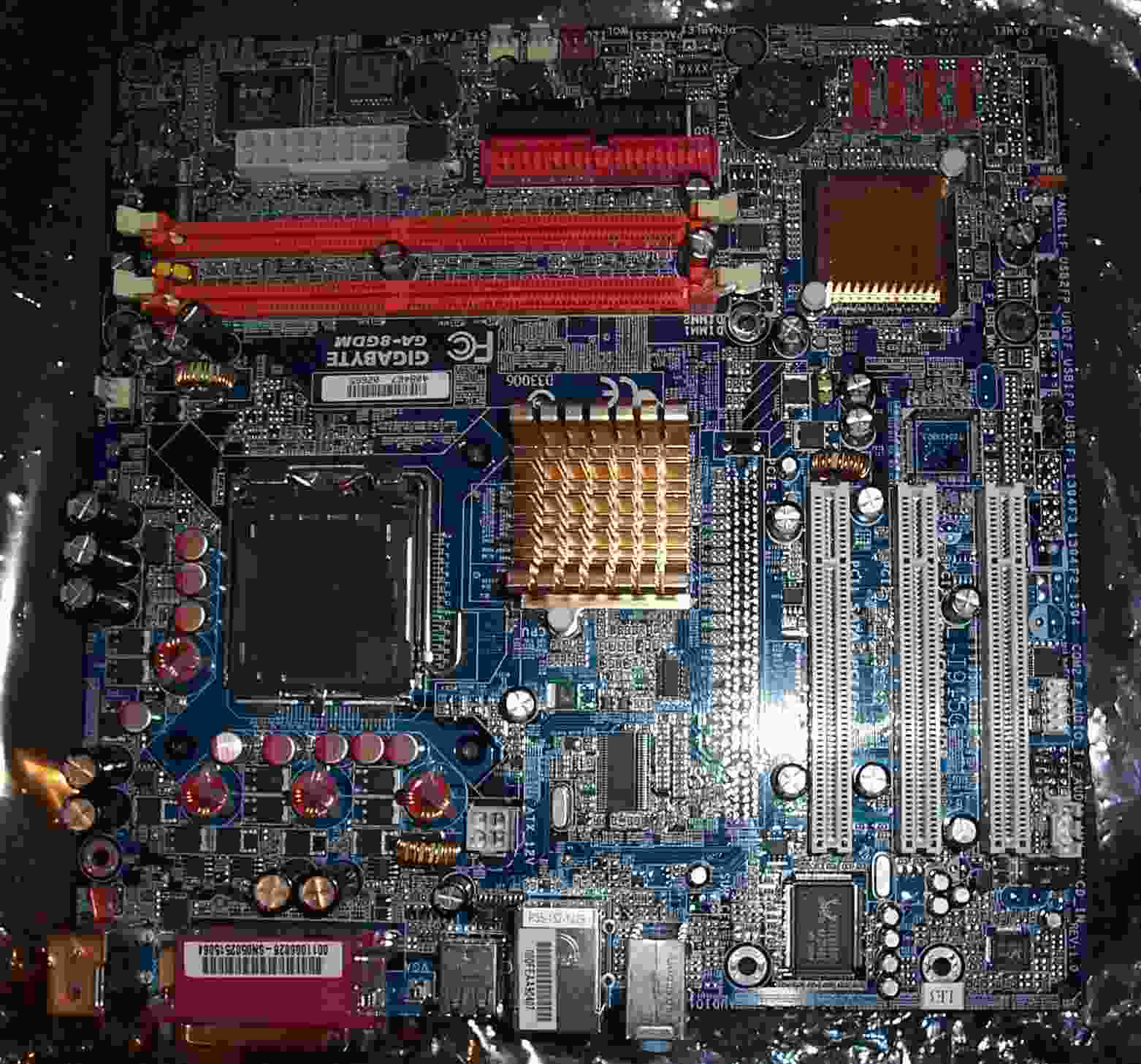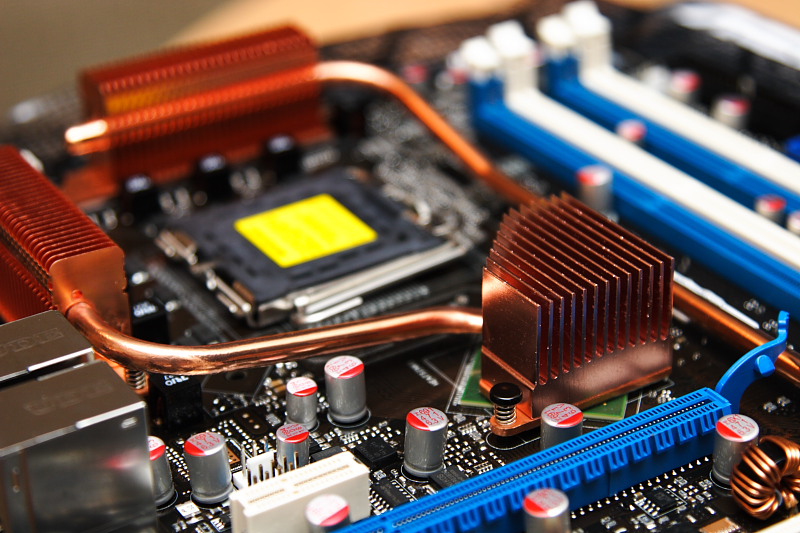All You Need To Know When Buying a New Motherboard

A computers motherboard is fundamentally the most important component inside the PC. It is responsible for all the communication between devices internal and external. If you get it wrong then many things can go wrong and other components can get damaged.
Motherboards can come with all major devices such as audio and graphics fitted onboard or without these components, allowing for better performance audio or graphics cards to be fitted independently. This decision is usually determined by the final use of the PC. A gaming PC would usually have a separate graphics card fitted to allow upgrading as gaming is a fast paced industry and the requirement for the latest hardware is based upon the types of games played.
When replacing a motherboard there are a few things that should be considered to reduce the risk of damage or generally getting it wrong.
The first thing to consider is your existing system. If you are replacing your existing motherboard then you need to know what specification you have. Your computer may be a branded PC such as HP, Sony etc and the motherboard may have their branding stamped on it. This makes things a little bit difficult as a replacement may only be obtained from the manufacturer and sometimes this may be impossible due to age of the machine. If this is your situation then a look at the motherboard may help you to determine who originally manufactured the motherboard. (PC manufacturers do not make their own components they are usually made and branded by the component manufacturers). When looking at the motherboard write down every visible number or word that is written on it. Now turn to the internet and use a search engine to search these numbers and names and see what comes back. Usually it will not take long before you have the original manufacturer and model number of the motherboard. User forums can be very useful when trying to obtain this information.

f building a new PC from scratch it will be necessary to decide which processor brand and type you wish to use as this will directly affect which motherboard series you can buy and install. The motherboard contains a socket which holds the processor. AMD and Intel use different styles of socket and this determines the motherboard that they can be fitted to.
The next consideration is the case size. Motherboard sizes are called their "Form Factor", this determines the size of board required. It is important to note the form factor of the PC case or chassis as the motherboard should be the same. For example a micro ATX motherboard is designed to fit in a micro ATX case.
After determining the above points you are half way there to determining which motherboard you require. The next important thing to note is the availability of ports and slots that hold other devices. These need to be considered carefully if you have existing devices to connect such as printers, digital cameras or external hard disk drives etc.
Make a list of all the hardware that you need to connect to the motherboard internally and externally. Once you have this list check each requirement off against the motherboard specifications to determine that it can support the devices you have. Pay particular attention to the amount of USB devices you have. All the ports you see on the rear of your computer are part of the motherboard. Also make sure there are enough internal connectors for your hard disk drives and CD/ DVD disk drives.

Motherboard Checklist
1- Check the computer case or chassis size also known as the form factor.
2- Determine your processor type and supported types and sizes.
3- Check the memory type and how much the motherboard supports.
4- How many internal devices does the motherboard support such as hard disk drives, CD / DVD drives.
5- Determine the amount of expansion card slots the motherboard has for installing Graphics cards, sound cards etc.
6- Check how many external devices you may need to support and determine how many ports the motherboard has for these devices.
1- Check the computer case or chassis size also known as the form factor.
2- Determine your processor type and supported types and sizes.
3- Check the memory type and how much the motherboard supports.
4- How many internal devices does the motherboard support such as hard disk drives, CD / DVD drives.
5- Determine the amount of expansion card slots the motherboard has for installing Graphics cards, sound cards etc.
6- Check how many external devices you may need to support and determine how many ports the motherboard has for these devices.
The author has worked in the IT industry for approximately 15 years and has worked in various support roles for companies and public bodies. The company, IvoryEgg for which he now works is a supplier of motherboards and consumer electronics.

No comments:
Post a Comment